Week 153_Glory Black Hole
GLORY BLACK HOLE
A solo show by Andrea Martinucci
Curated by Dimora Artica
Text by Claudia Contu
In partnership with Renata Fabbri Arte Contemporanea
Opening: November 14th at 18:30
The exhibition will be open: From November 14th to December 15th 2018, Wednesday, Thursday, Friday 5.00 - 7.00 pm, other days by appointment.
Location: DIMORA ARTICA, via Matteo Maria Boiardo 11 – Milano (MM1 Turro)
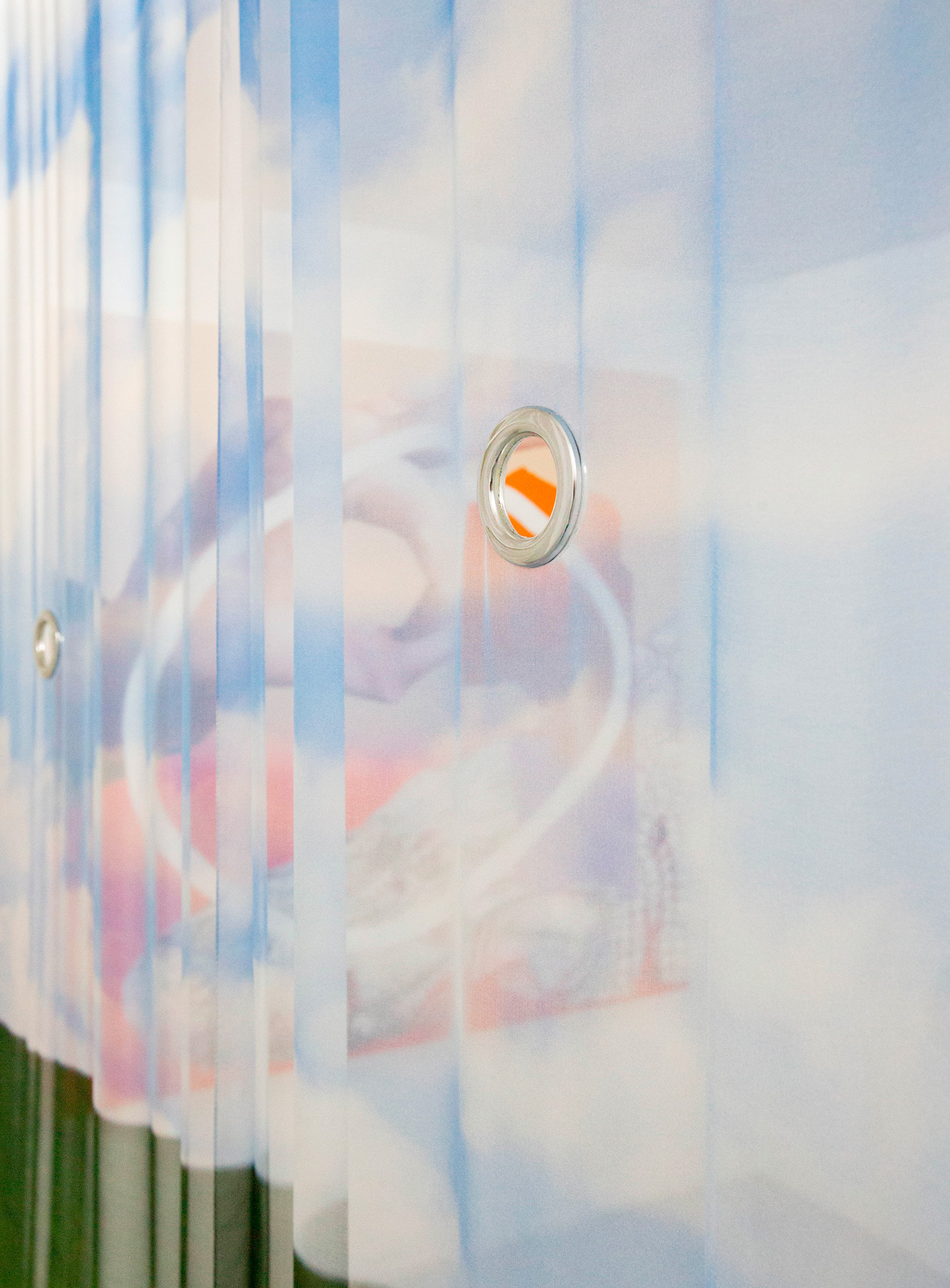
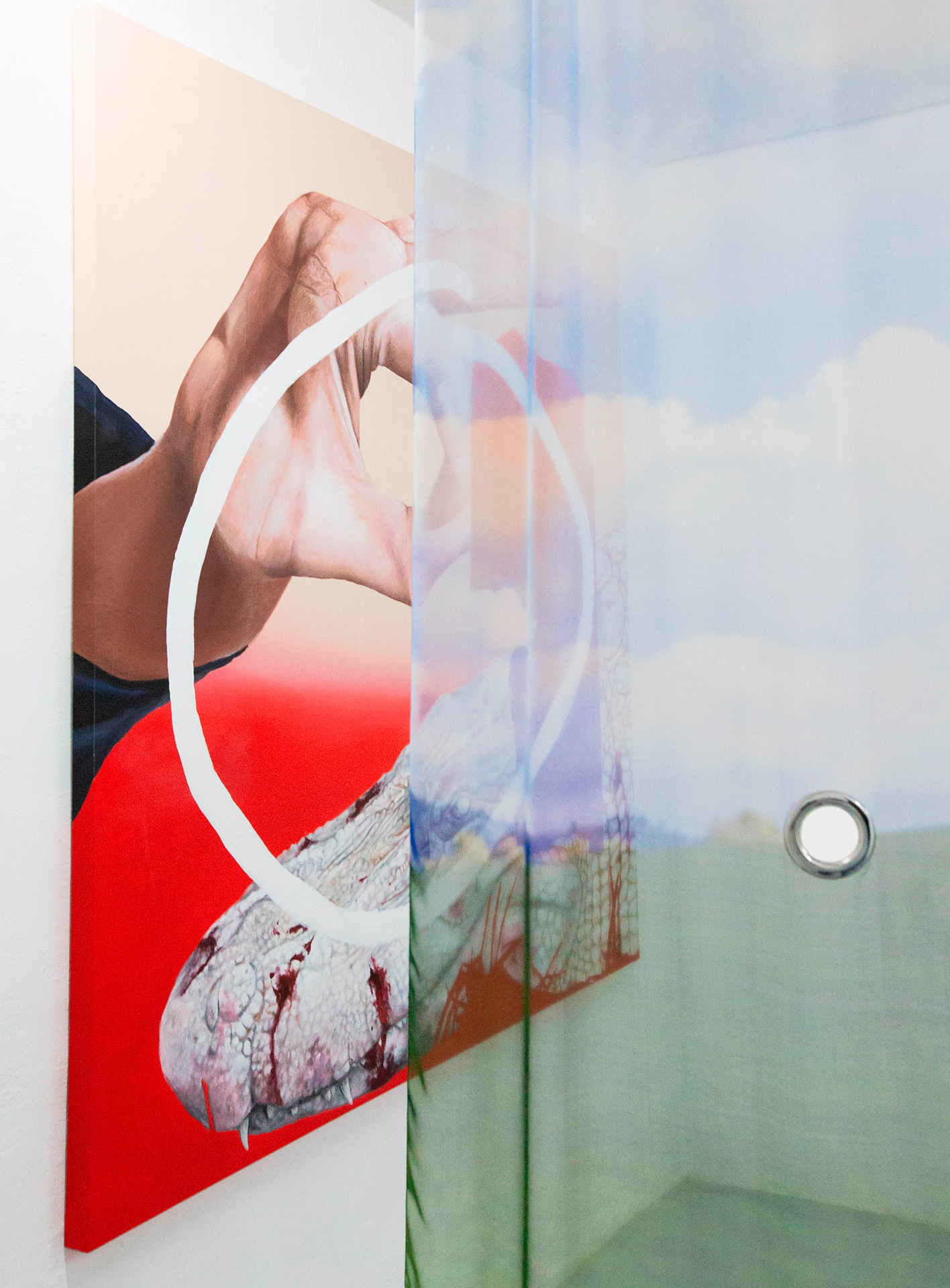
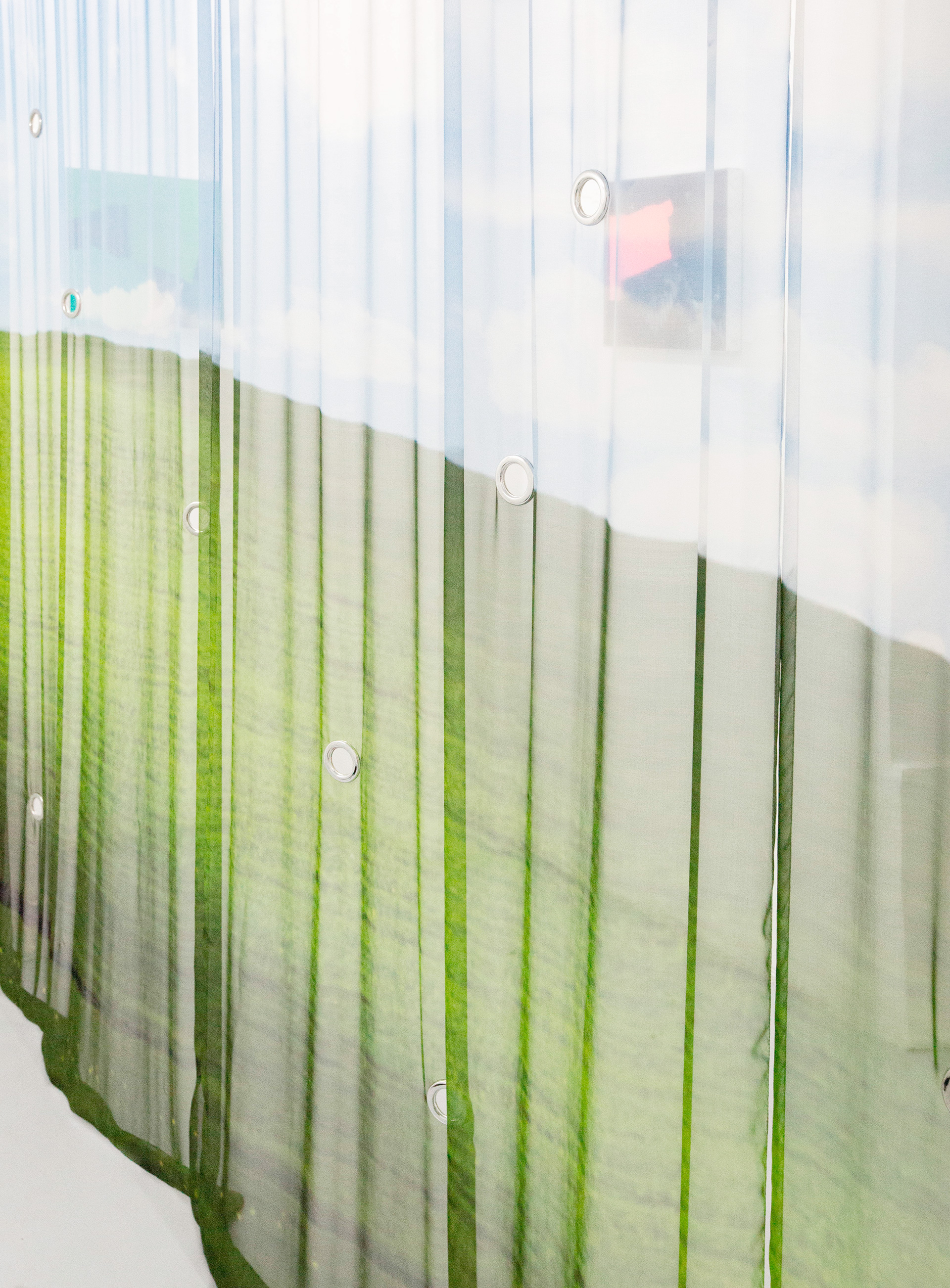
Dimora Artica presents Glory Black Hole, solo show by Andrea Martinucci (Rome, 1991), in collaboration with Renata Fabbri arte contemporanea. With a text by Claudia Contu, a catalogue published in limited edition and a website, the project by Martinucci includes some new paintings from the .jpeg series and an installation whose aim is to transform the exhibition space in a place halfway between real and virtual life.
― Nothing unknown is knowable.
Don't you think it's depressing?” ―
Tony Kushner, Millennium Approaches
The year is 2018. From here, I’m able to see the hallmarks of a global epistemological and visual crisis (along with some ecological, economic and political ones as well) that is manifested through a collective refusal for former established meanings or moral inscriptions. The easy stability through which one thing was seemingly good and the other potentially threatening is not given for granted anymore, nor is the general agreement on calling a person a “she” or a “he”, or saying that anthropology is about humans, or that this piece of carrot cake I’m eating exists but doesn’t perceive reality. Actually, if you take AIs, which are technically objects (they don’t breathe) learning from reality, you may agree in saying that they have to perceive and experience reality, if they want (do they?) to learn from it.
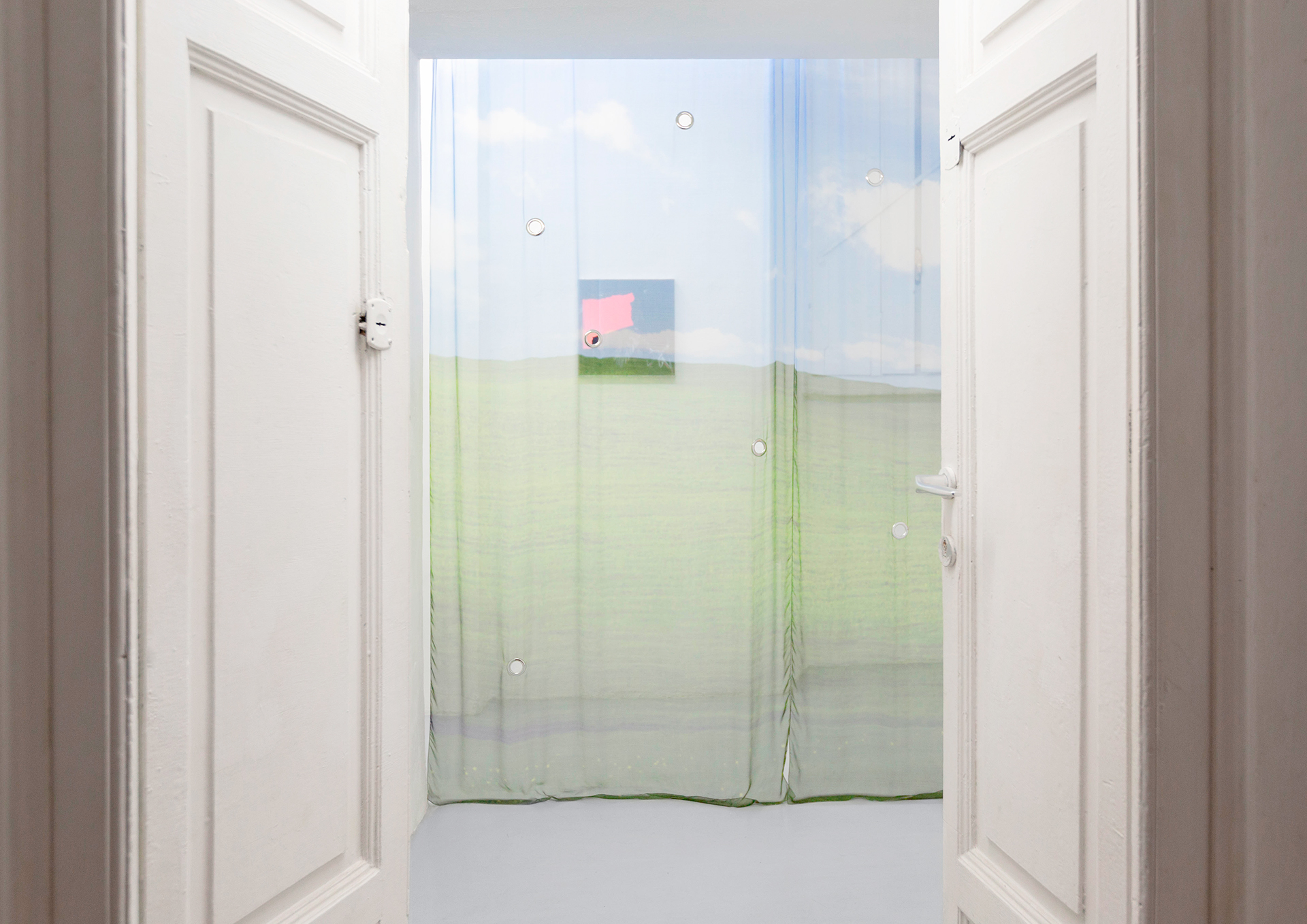

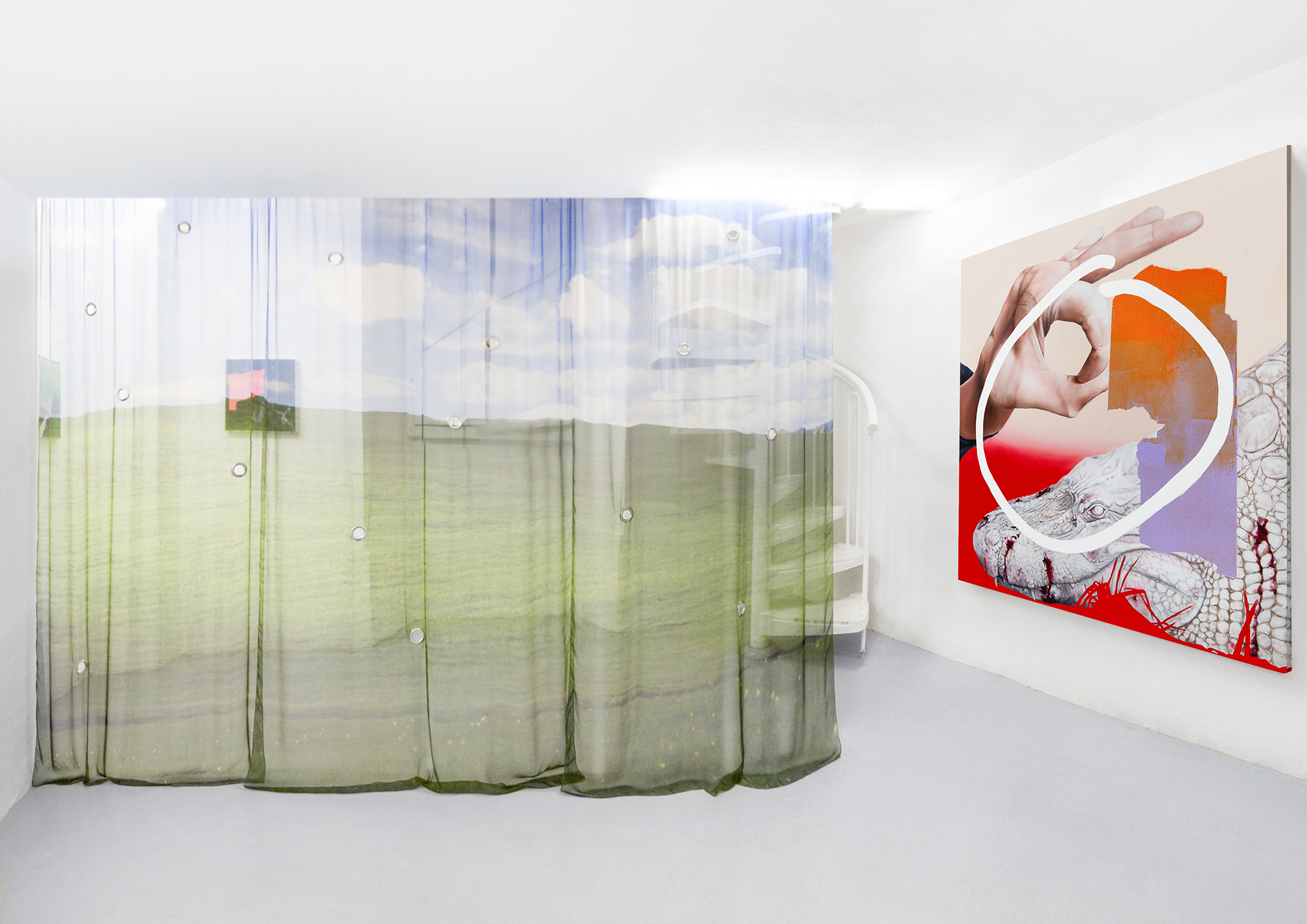
On the other hand, this visual crisis partakes in the realm of aesthetics: we face a degree of refusal towards the Western aesthetic paradigms grounded in Kant’s Critique of Taste that involves art and extends to all sorts of creative fields. The coming back of bad taste is a sign of it: pictures from the last Balenciaga campaign might be nothing but ‘beautiful’, but that doesn’t retain the people from liking them. Italian theorist Lea Vergine, in writing about the use of trash in art, stated that “we ourselves have been discarded or rejected by other human beings; more or less on a daily basis, we are forced to recover, scrape together and reassemble fragments of ourselves” (L. Vergine, When Trash Becomes Art. Trash rubbish mongo, 2007: 7). I recognise myself in a shot by Balenciaga more than I would in front of Samothrace’s Nike. Abstract ideals don’t appeal to me anymore: I crave the awkwardness, lameness, and hybridity of reality and fantasy collapsing into each other. That is what affects who I am; what my place in this world is.
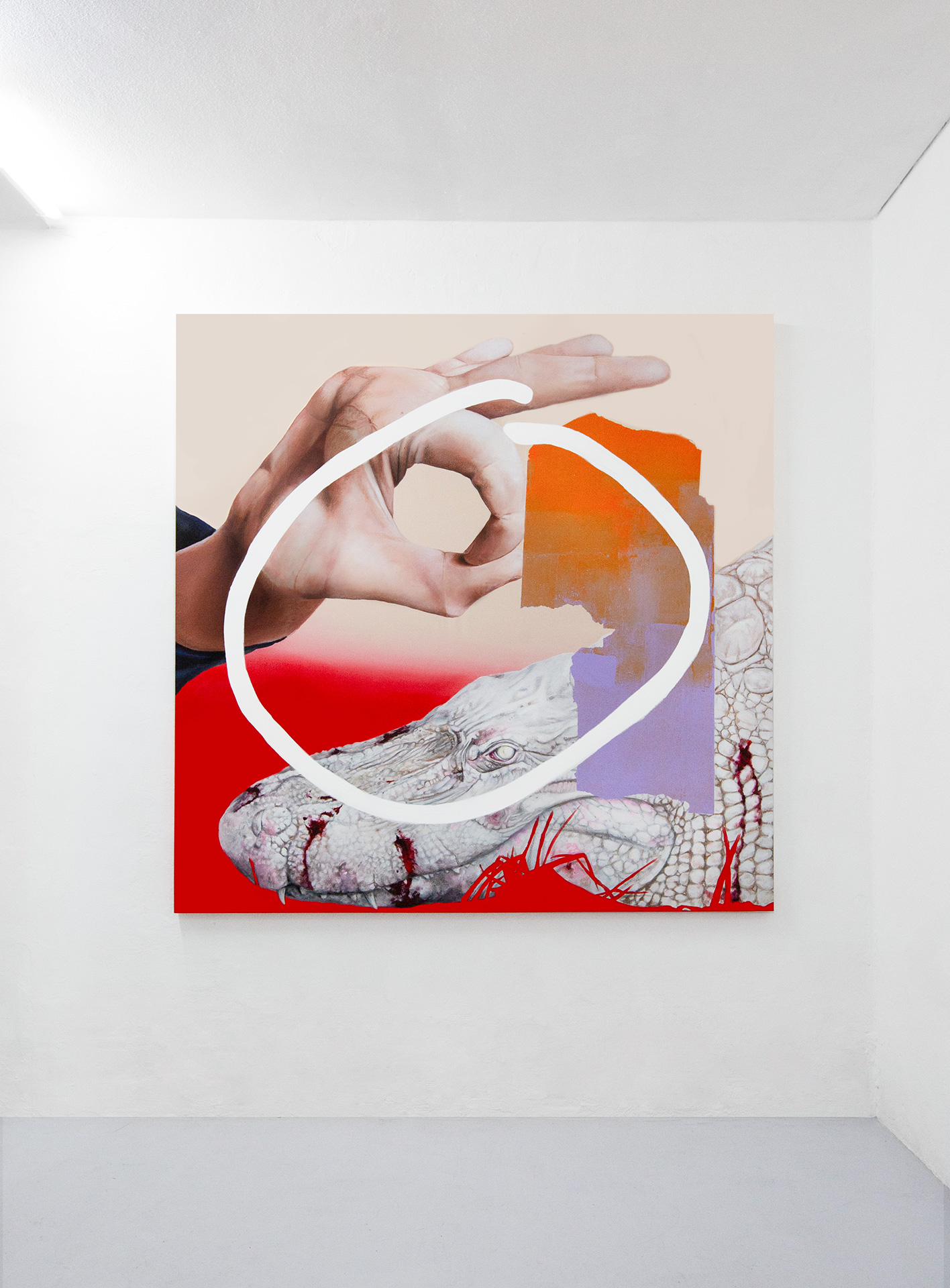
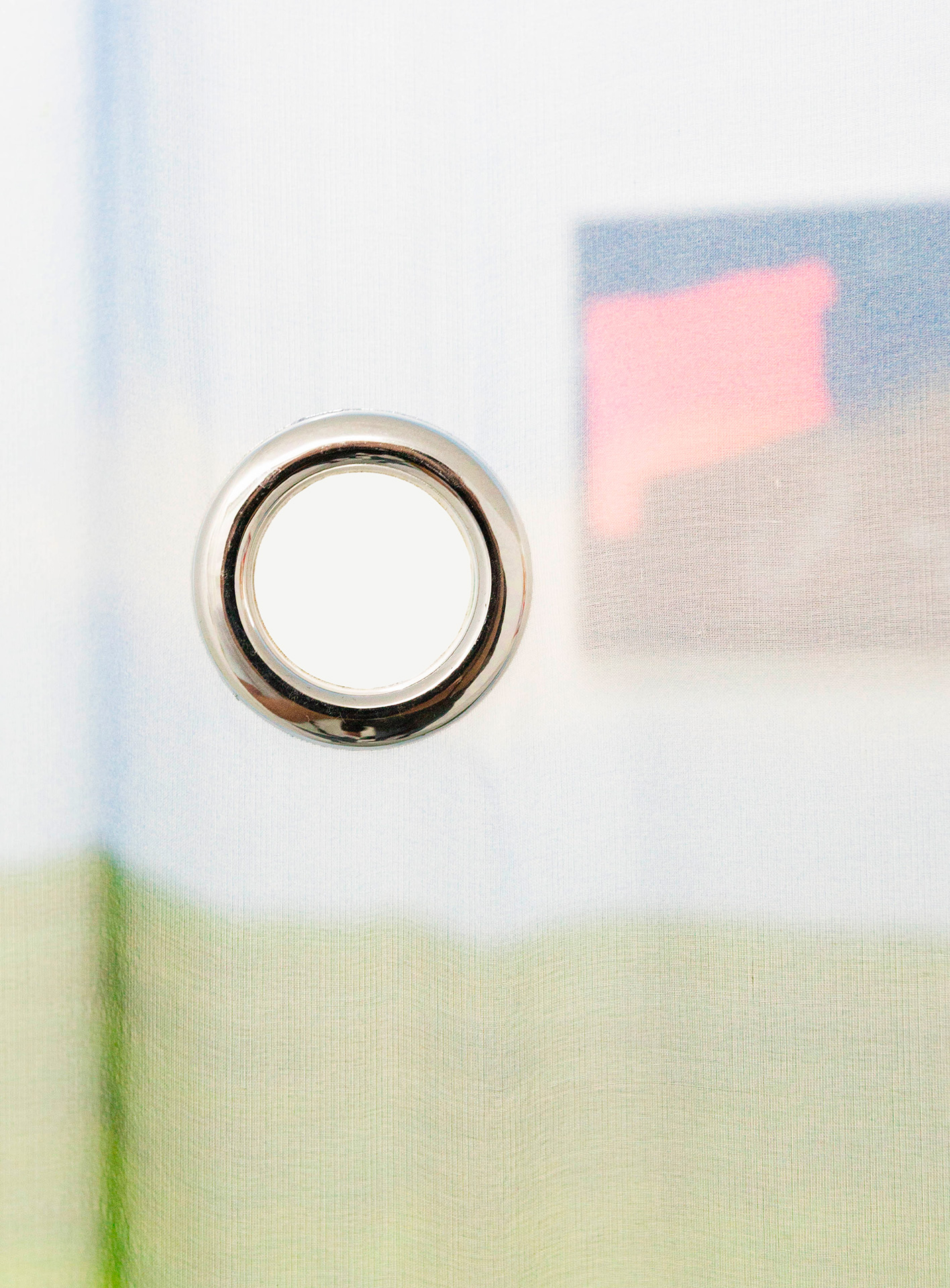
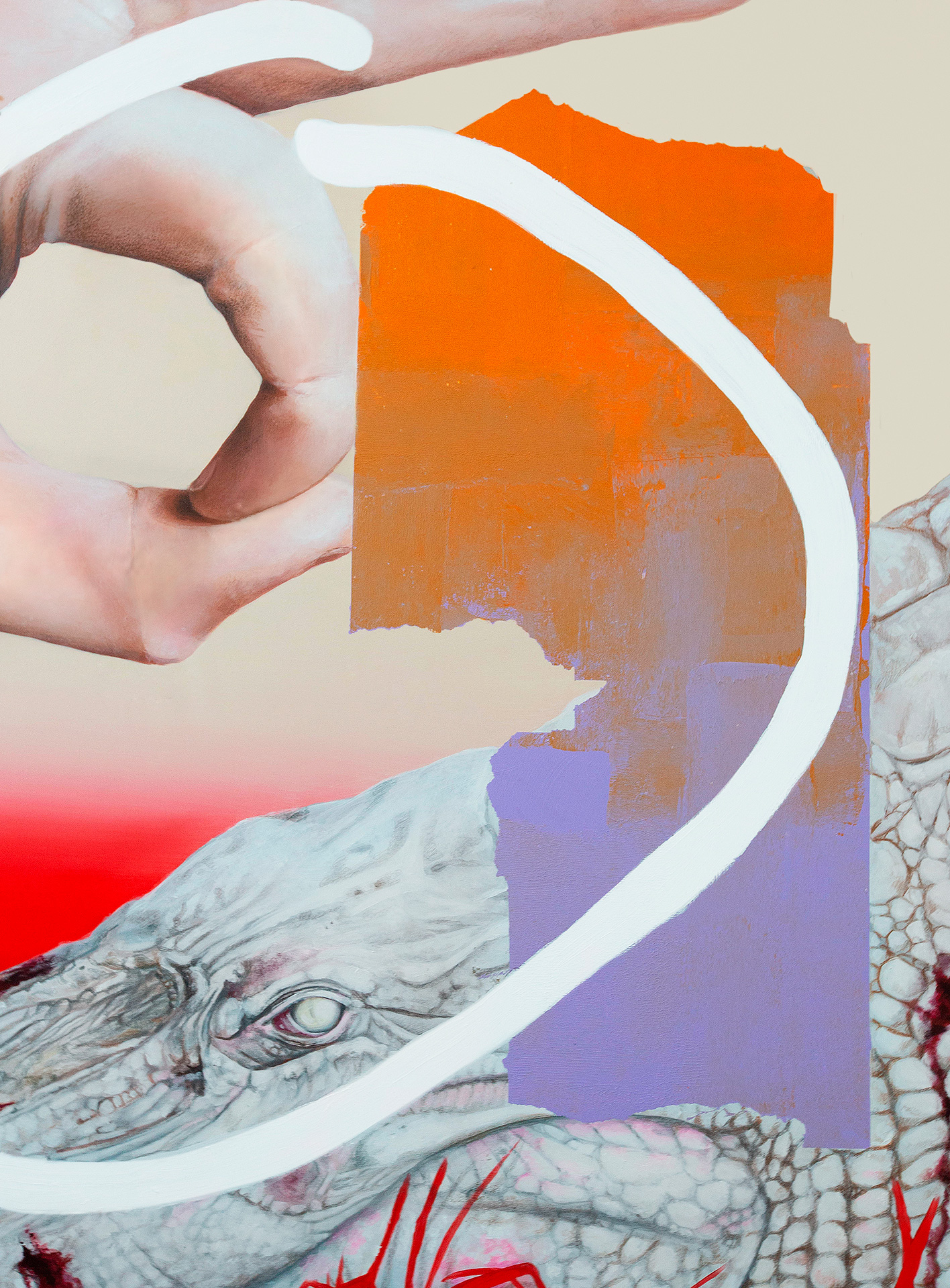
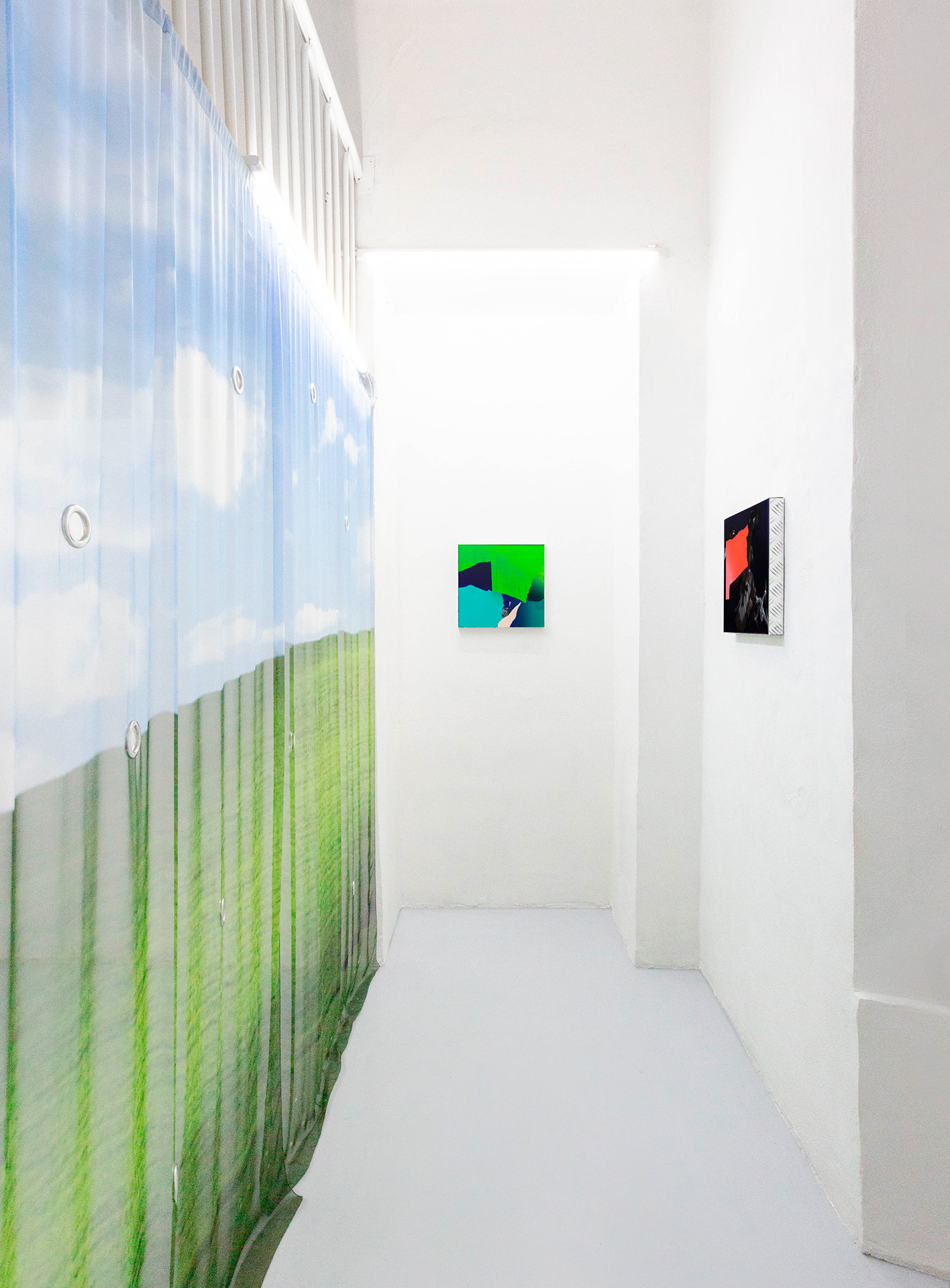
This premise means that I can mix things up for the sake of doing it, while creating unexpected forms of meaning and ways of feeling. The work of Andrea Martinucci (*1991, Rome) seems to sit here, in the realm of Speculative Realism, a place where elements of the real are combined with speculation - the same metropolis that is also inhabited, in different neighbourhoods, by artists like Björk, Jesse Darling, Marguerite Humeau, Lawrence Lek, Alessandro Michele, Hardeep Pandhal, and many others. Andrea’s work makes use of pictures found on the Internet and representing moments from other users’ lives. Once layered with colour-field painting, lines and writings, the narration they originally embodied is erased and lost. This raw material, or digital trash, is thus involved in a process of annihilation as the result of the volume in which it comes or is reproduced on the web. Originally meant to tell stories and share memories, those pictures are now unreadable and this gives you, the beholder, a chance to wonder what it all was about, what the need behind sharing those pictures was, what or who was in the background, and so on. Forms, colours, and subjects used by Andrea reflect the contemporary aesthetic of consumption while taking advantage of DIY graphics and crappy futuristic designs inspired by the fast-paced technological development we witness every day.
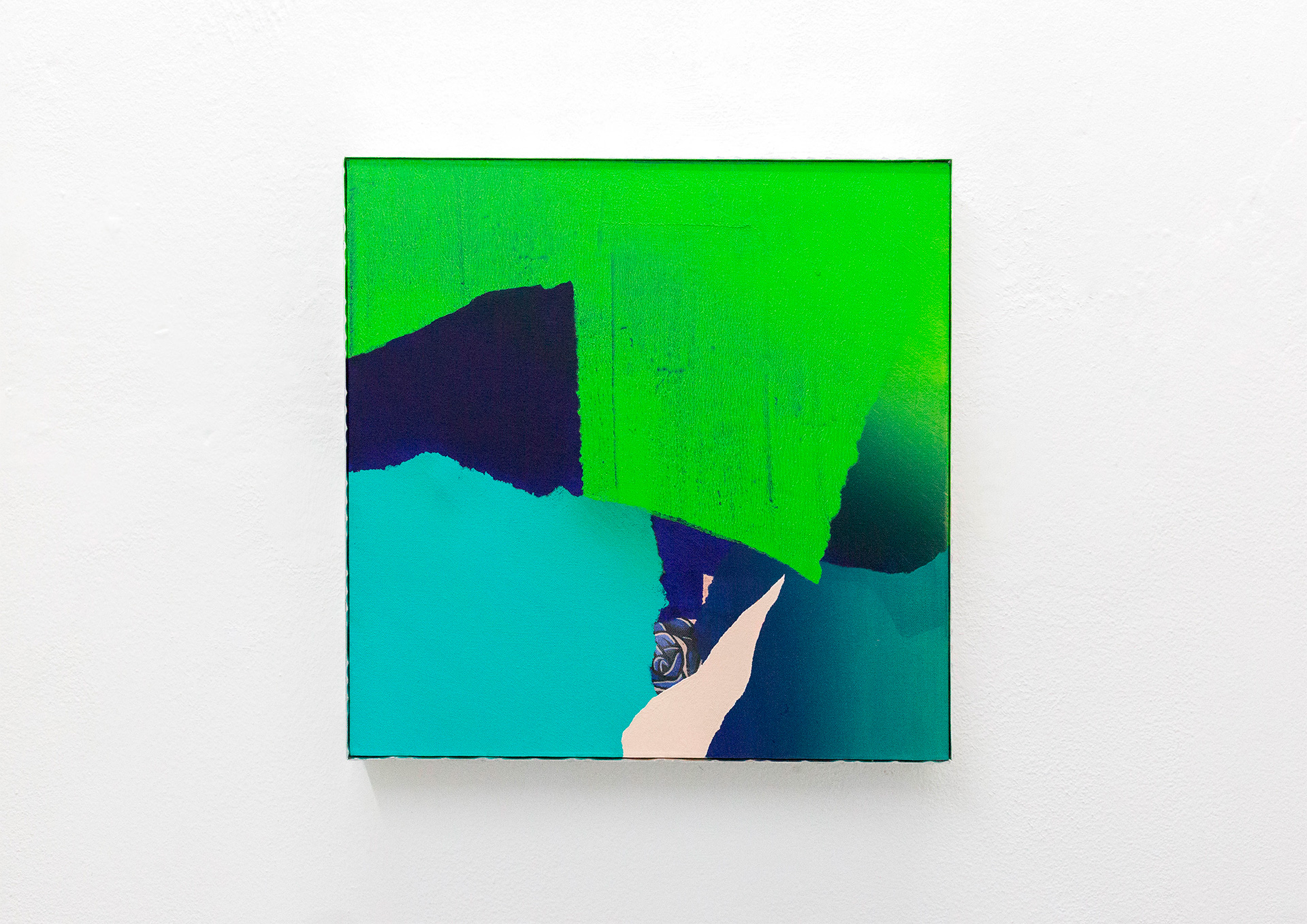
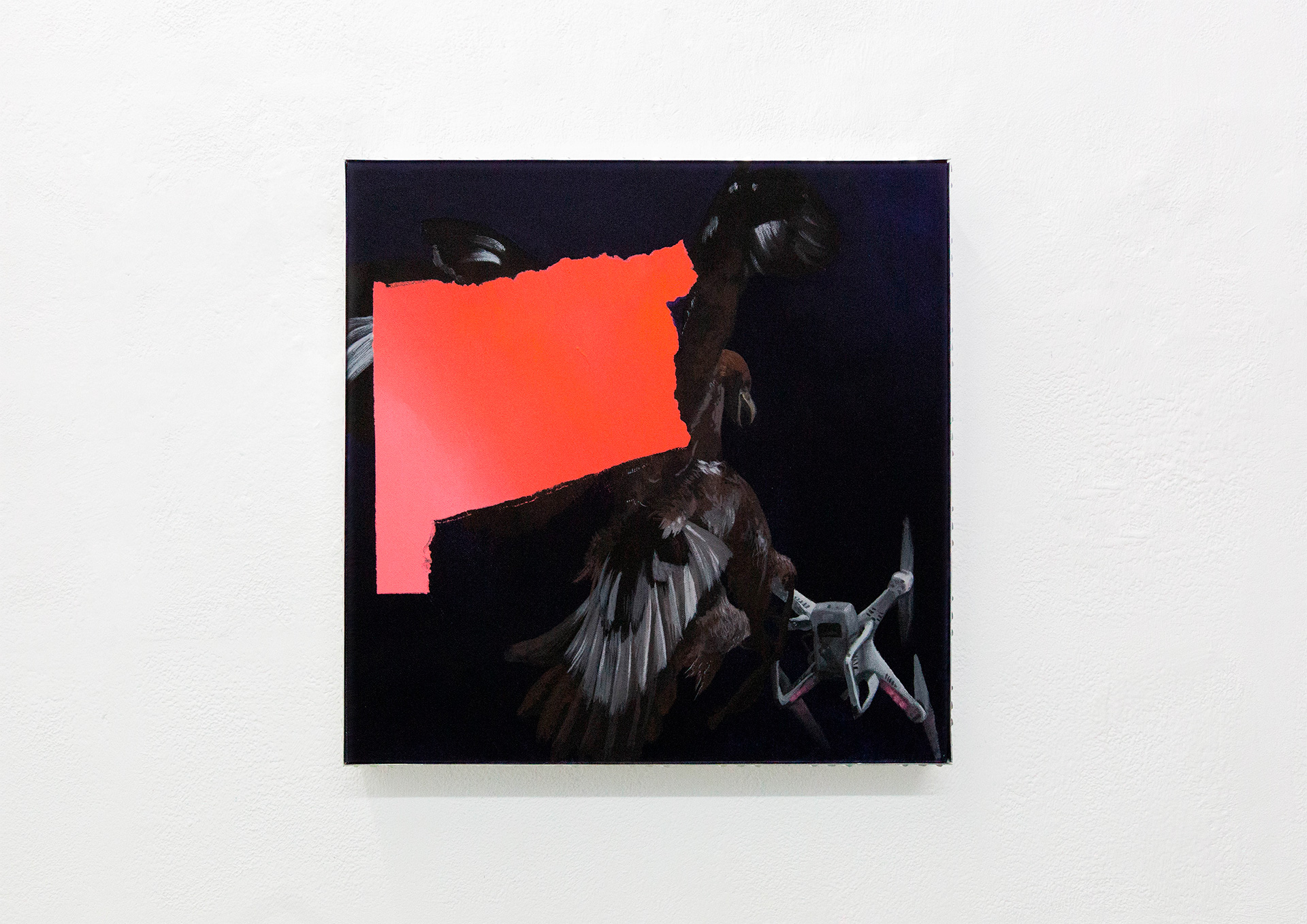
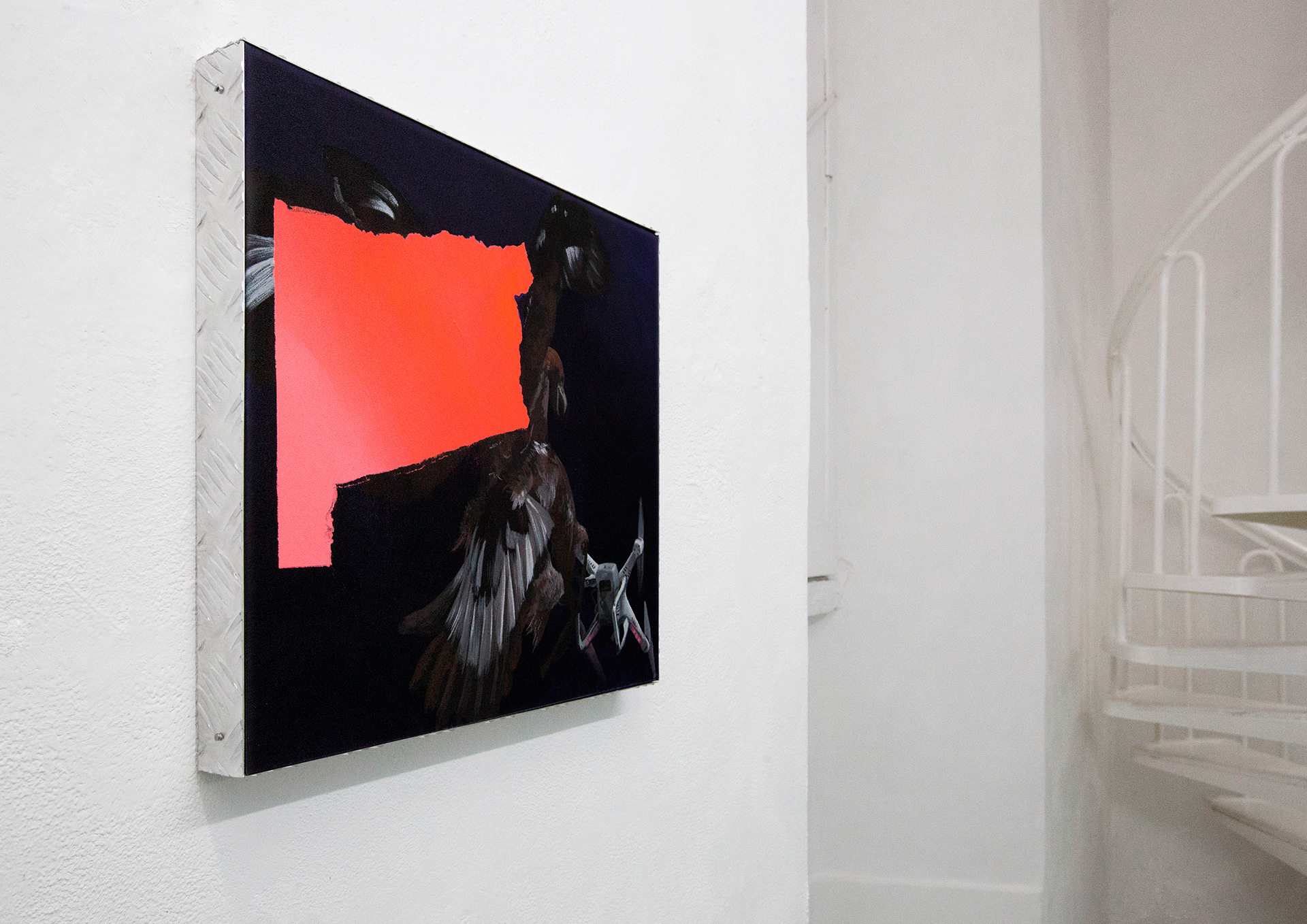
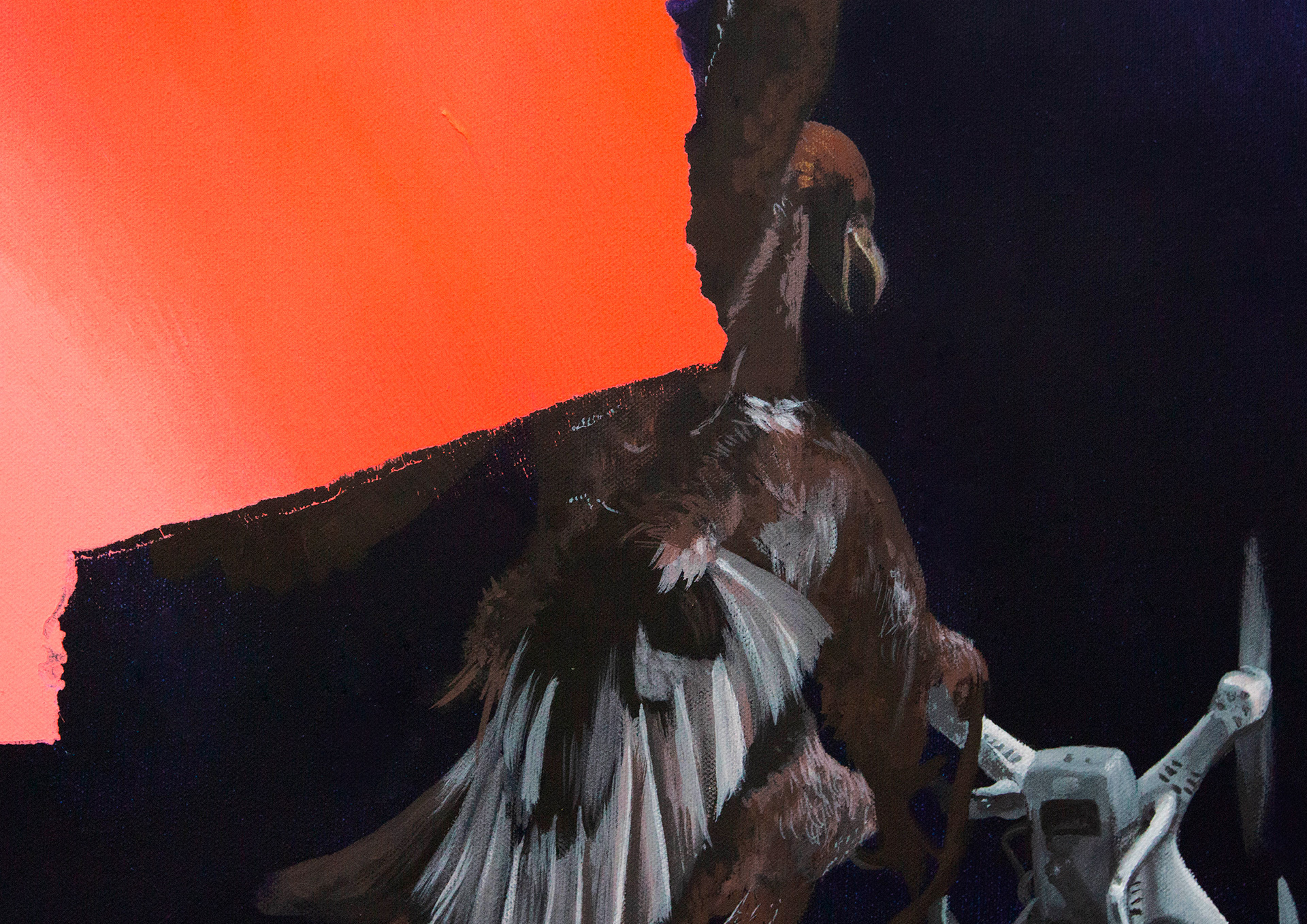
For Glory Black Hole, the artist has created a setting that stays in between ordinary life and virtual reality. The canvasses from the .jpeg series inhabit Dimora Artica’s groud floor with a curtain displaying “Bliss” (Windows XP’s most famous wallpaper), chosen by Microsoft among a number of stock images probably because of its inviting qualities, which would hopefully produce a sense of wellbeing in desk-based employees. If this sense of wellbeing seems artificial and perhaps unachievable, on the contrary the veil in Dimora Artica’s space invites you to overcome the hill and reach out for new images, new narratives and new horizons beyond it. Evoking Arthur Schopenhauer’s veil of Maya, the work suggests that only by overcoming an initial state of blindness, which is given by the novelty of the experience you’re gathering, you will be able to enter a world where nobody can say that A equals A alone and is different from B, because everything will be just like a dream. To a certain extent, no hypothesised narration will be satisfying enough to fully understand objects, people, the situations they enable or the universe itself. On the first level of the gallery, the misappropriation of one of the most famous maxims of the Western philosophical tradition plays with this potential of being mistaken and warns about the presumption of assessed narratives that serve to establish knowledge systems and beliefs from arbitrary points of view.
An epistemological crisis, as I said at the beginning.
To keep dreaming, visit gloryblackhole.cargocollective.com

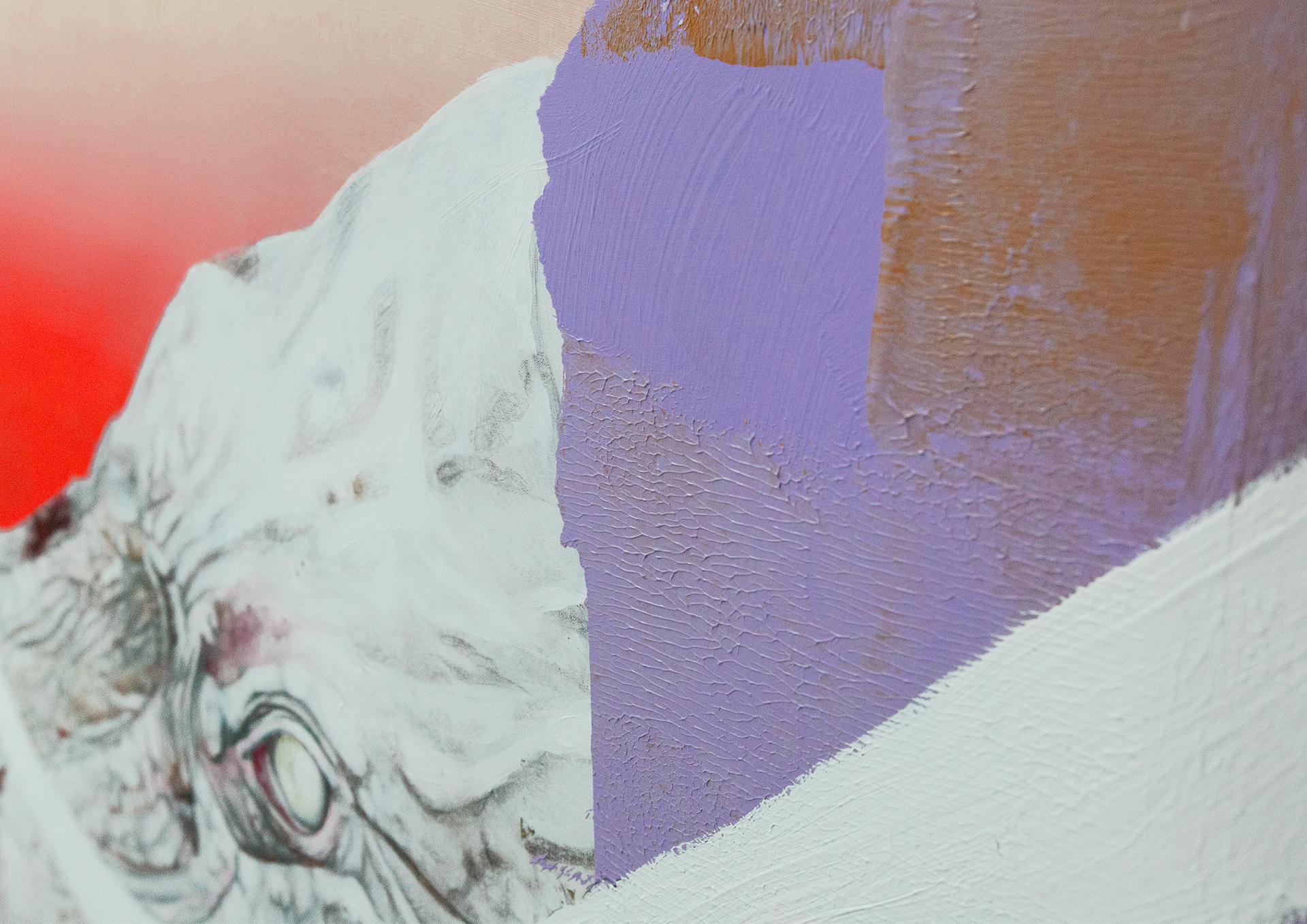
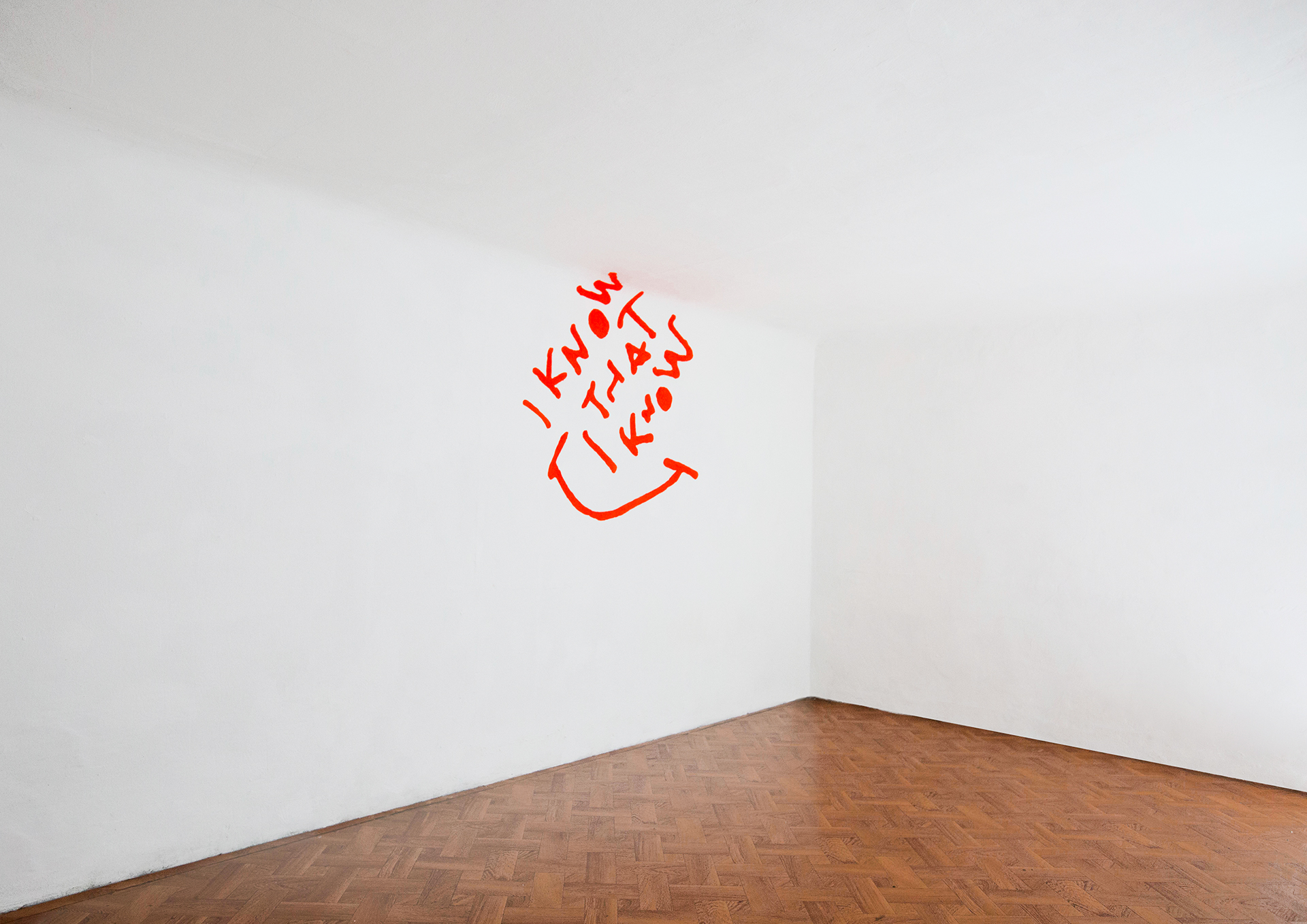
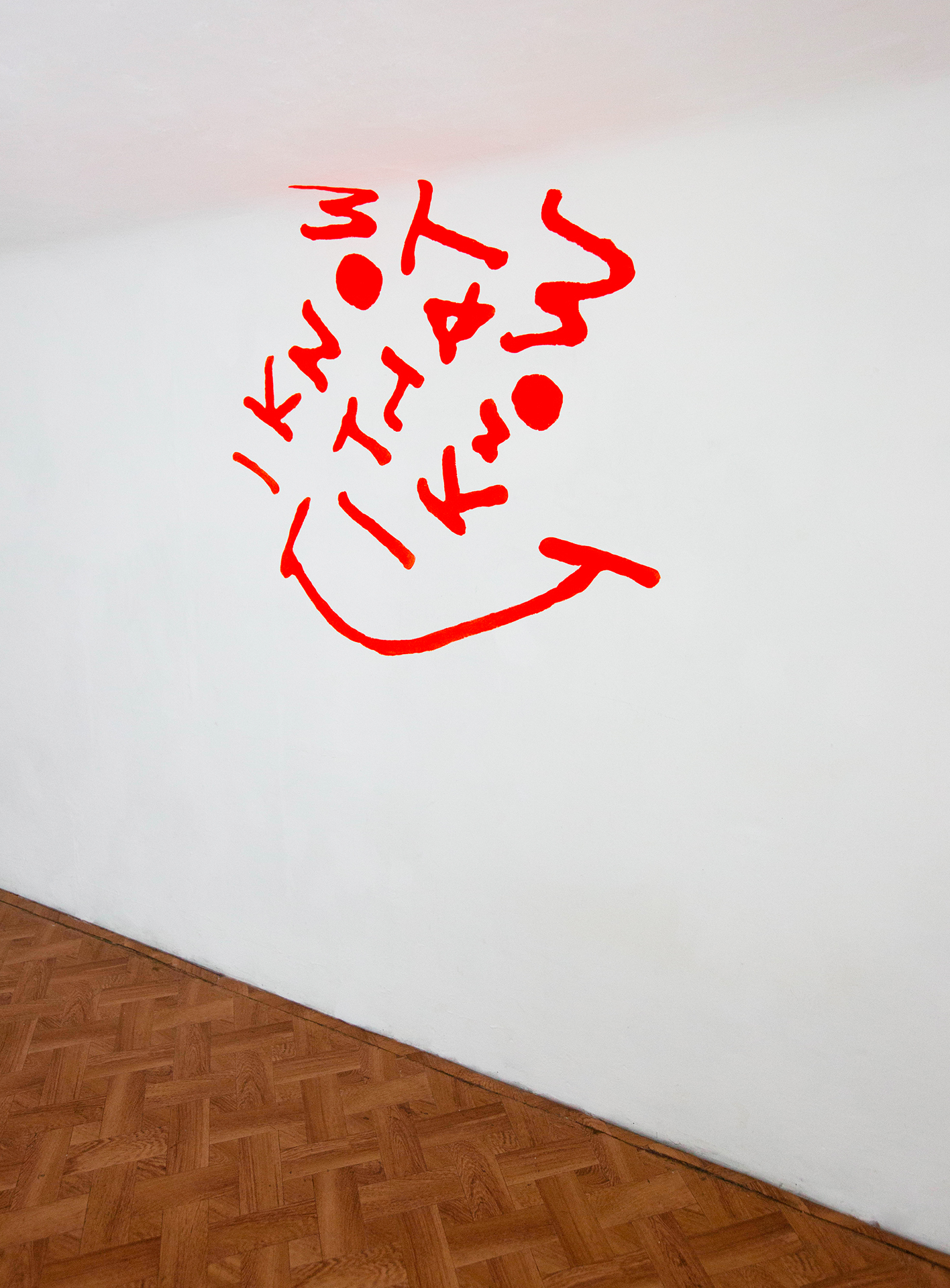
DIMORA ARTICA
Via Matteo Maria Boiardo 11 – Milano
Mercoledì, Giovedì, Venerdì h 17.00 – 19.00, altri giorni su appuntamento
Wednesday, Thursday, Friday 5.00 - 7.00 pm, other days by appointment
Tel. +39 380 5245917